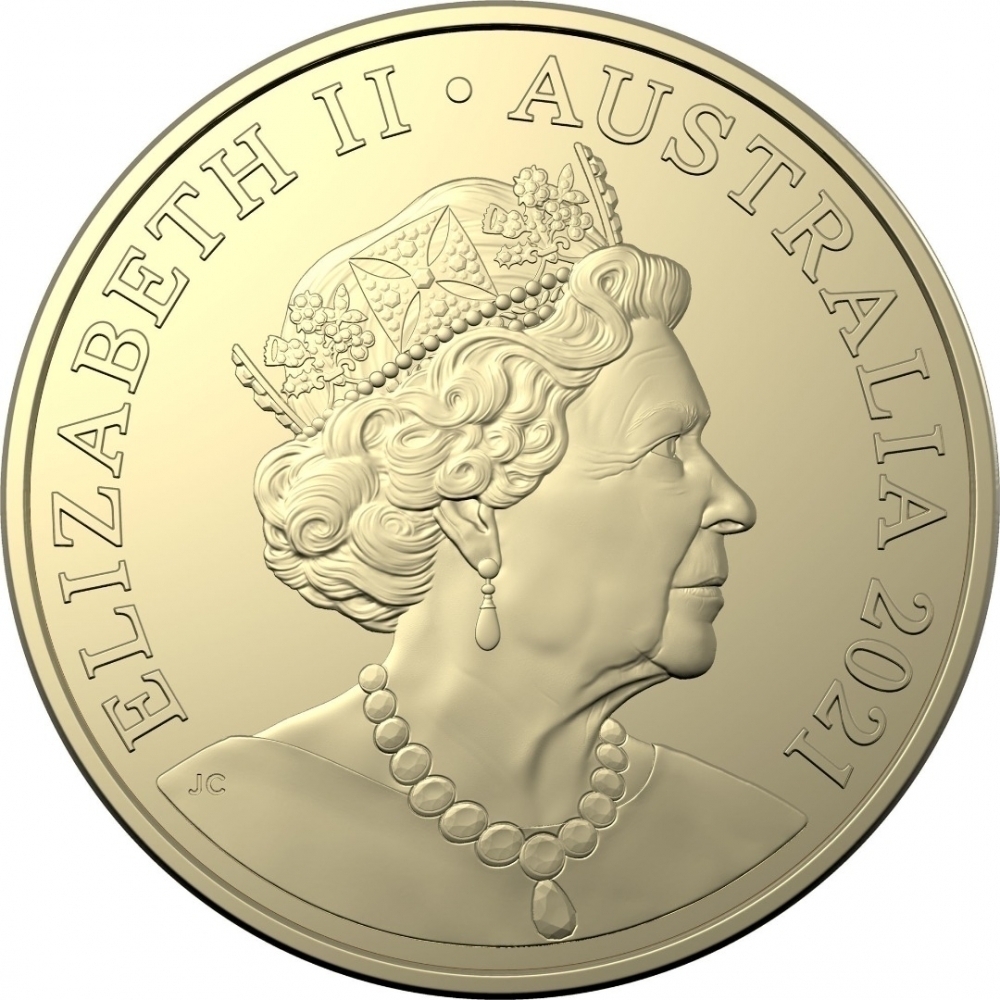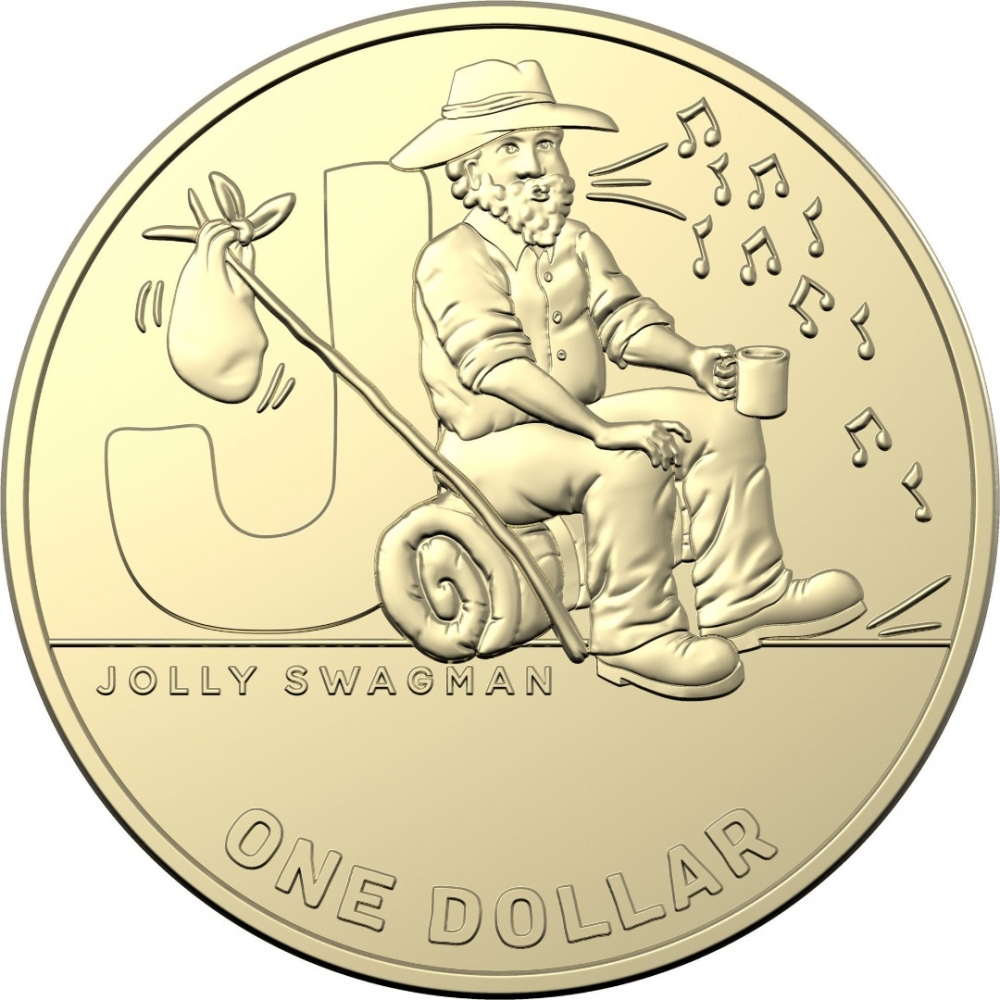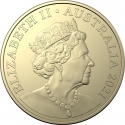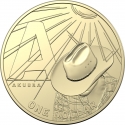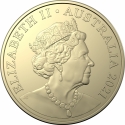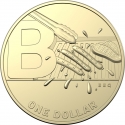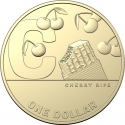You are about to finish your registration. Please check your mailbox (including spam folder). There should be a letter with a confirmation link. Check setting to make sure that your e-mail address is correct.
Send letter againDescription
In 2019 - following the great success of the Royal Mint in the United Kingdom with the 10 pence A to Z Collection - the Royal Australian Mint (RAM), in collaboration with Australia Post, started a similar campaign, The Great Aussie Coin Hunt. A series of 26 $1 coins feature each letter of the English alphabet and an Australian symbol starting with that letter. In 2021 RAM has released the second series of The Great Aussie Coin Hunt featuring another 26 classic Aussie icons.
Obverse

|
6th crowned portrait of HM Queen Elizabeth II facing right (the Commonwealth effigy), wearing the George IV State Diadem, the Coronation Necklace and Earrings. ELIZABETH II • AUSTRALIA 2021 |
|---|---|
Reverse

|
Depicts Jolly Swagman sitting on his swag singing and drinking from a cup. J |
| Edge |
7 shorter smooth segments between 7 reeded segments (11 grooves each) |
1 Dollar
6th portrait
The Great Aussie Coin Hunt 2
J - Jolly Swagman
Subscribe series
KM#
The Great Aussie Coin Hunt 2
J - Jolly Swagman
Characteristics
| Type | Commemorative Issue (Circulating) |
| Material | Aluminium Bronze |
| Weight | 9 g |
| Diameter | 25 mm |
| Thickness | 2.5 mm |
| Shape |
|
| Alignment | Medal |
| Mint |
Royal Australian Mint (RAM)
|
